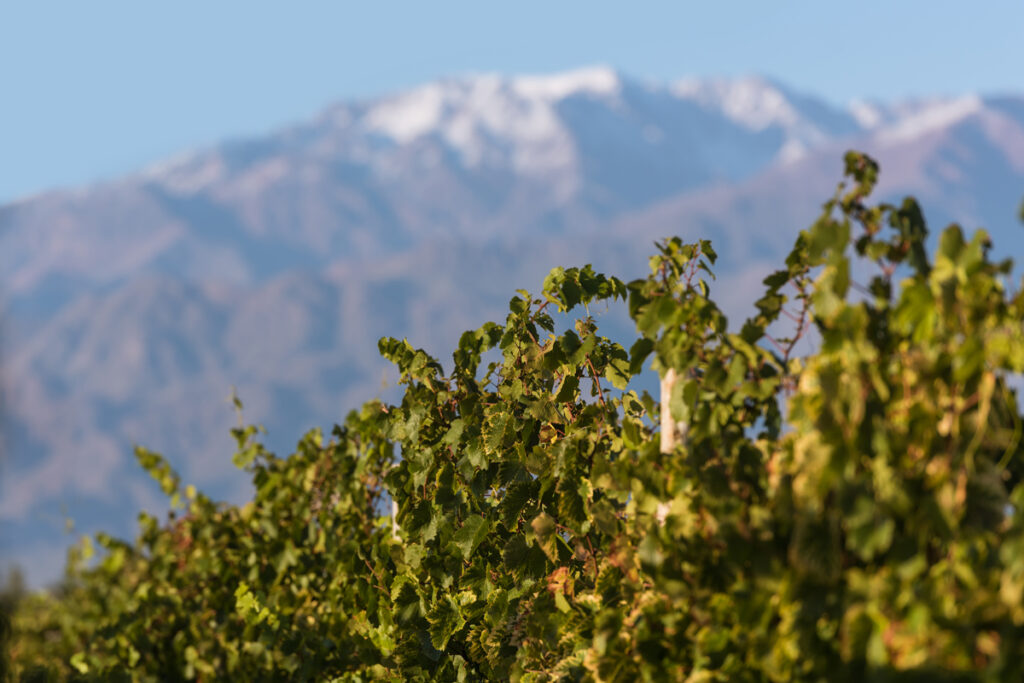Argentine Wine Revolution: James Suckling Highlights the Quality and Diversity of Argentine Wine

Report by James Suckling
In his latest report on Argentine wines, James Suckling and his team recognize the leap in quality that has taken place in the last five or six years.
From their perspective, the personality of our country’s wines is unique and stands out within the South American panorama.
Achievements are not limited to Malbec production: Cabernet Sauvignon, Pinot Noir and even some Chardonnays that can compete on an equal footing with the best in the world also stand out.
Suckling dares to speak of a true revolution in the world of white wine.
It is difficult to speak of “South American wines” without making a reckless generalization.
Although Argentina and Chile produce at almost the same latitude on both sides of the Andes Mountains, the conditions of the vineyards are not the same.
Among other things, Argentine vineyards have higher altitude and greater aridity.
This can be seen in the palette of brown and ochre that colors the landscape of Mendoza and San Juan.
The climatic conditions determine a great thermal amplitude and abundant sunshine.
Argentina’s production volume is also much higher than that of Chile.
Mendoza alone, with its 150,000 hectares of production, already exceeds the total Chilean production.
Suckling mentions that the 39,488 hectares of Malbec planted in Argentina represent only 17.5% of total production.
And to his surprise, that represents more than half of all the malbec produced in the world.
Malbec is, without a doubt, the flagship grape of this region.
The abundance of mature vineyards is one of the obvious reasons.
Another reason is the creativity that Argentine producers display with such a versatile grape.
The current trend is towards more delicate and easy-to-drink wines.
In his Malbec tastings, Suckling often found aromas of lavender and violet.
The best examples also had notes of licorice, mushrooms, spices, leather and stones, which gave them a very attractive complexity.
While heavier, over-oaked wines are still found, Suckling is pleased that the trend is toward well-balanced, fruity wines.
Rutini Wines is part of the scene that fuels the celebrated American critic’s enthusiasm.
Some of the labels highlighted in the report released in late March 2018 are: Rutini Single Vineyard Cabernet Franc 2014 (97 points), Apartado Gran Malbec 2015 (96 points), Antología XLIII 2013 (Pinot Noir)(95 points), Antología XXXVIII 2014 (Blend) (95 points), Rutini Single Vineyard Malbec Gualtallary 2014 (94 points), Rutini Single Vineyard Cabernet Sauvignon Gualtallary 2014 (93 points) and Apartado Gran Chardonnay 2016 (93 points).
These are the other wines from the winery mentioned in the report: ANTHOLOGY XLI 2014 – 93 POINTS RUTINI BRUT NATURE 2014 – 92 POINTS RUTINI CABERNET MALBEC 2016 – 92 POINTS RUTINI MALBEC 2016 – 92 POINTS RUTINI MALBEC ENCOUNTER 2016 – 92 POINTS RUTINI CHARDONNAY 2016 – 91 POINTS TRUMPETER MALBEC. 2017 – 91 POINTS TRUMPETER ROSE DE MALBEC 2017 – 91 POINTS TRUMPETER MALBEC SYRAH 2017 – 91 POINTS RUTINI SAUVIGNON BLANC 2017 – 91 POINTS ENCOUNTER CABERNET 2015 – 91 POINTS ENCOUNTER CHARDONNAY 2016 – 90 POINTS Click here here to access the complete list of the Argentina 2018 Report.



